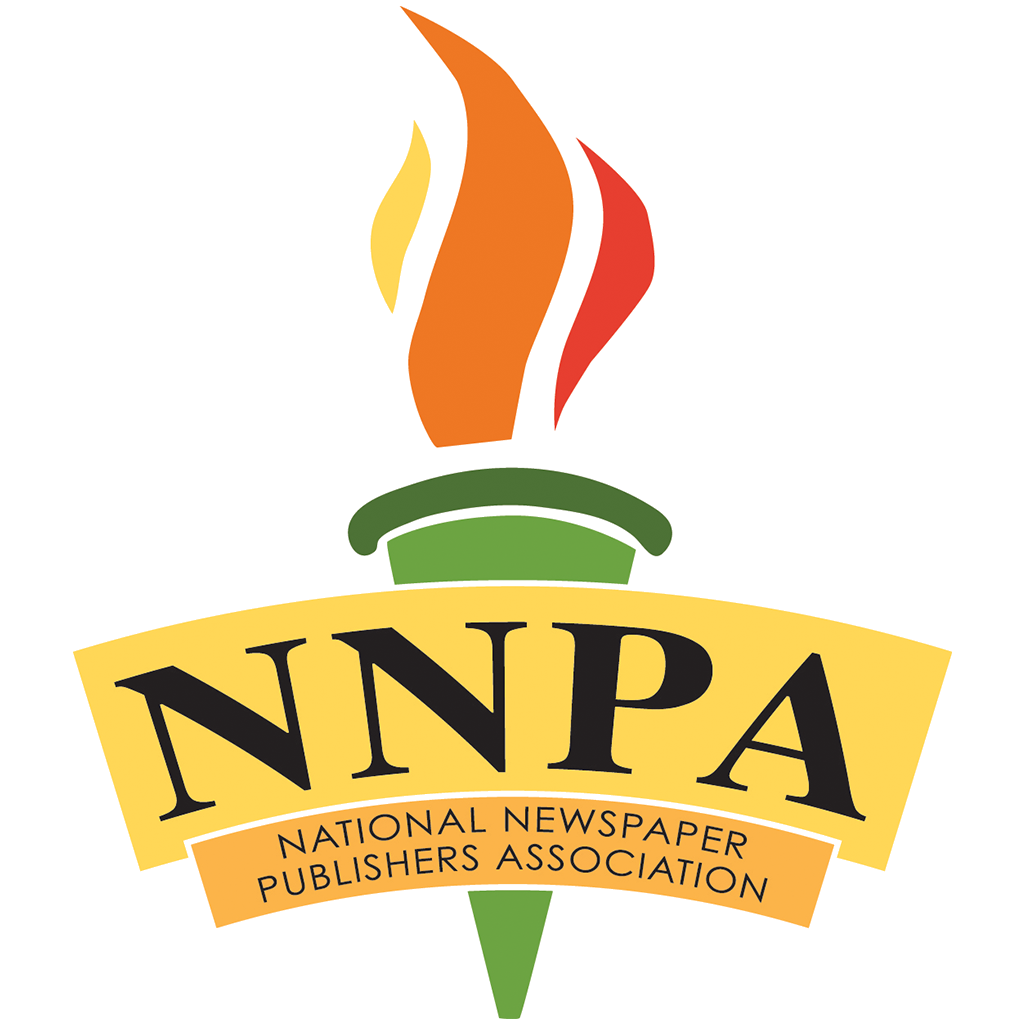WASHINGTON—The National Newspaper Publishers Association (NNPA) recently hosted its annual Black Press Week. Publishers nationwide gathered to celebrate the importance of American Black-owned newspapers and media outlets. The week with NNPA President and CEO Benjamin F. Chavis Jr.’s message on the “State of the Black Press” at the National Press Club, in Washington, D.C.
Dr. Chavis began by asking the sold-out luncheon audience to take out their phones and go to their app store. “Search for NNPA World News. This is the first Black-owned global international app that aggregates not only the Black news in America, but the Black news in the Caribbean, the Black news in Brazil, the Black news in Africa, the Black news in Europe, the Black news in Asia, and all over the world,” he said to thunderous applause.
“I couldn’t think of a better way to celebrate the 196th anniversary of the Black press than the launch of our World News app, and it’s free, NNPA World News.”
Dr. Chavis continued with a history lesson about the start of the Black Press, providing a voice for underrepresented, marginalized Black communities ignored by mainstream media. “One hundred ninety-six years ago on March 16th, 1827, the Reverend Samuel Eli Cornish and John Brown Russwurm dared to publish the first edition of Freedom’s Journal as the first Black-owned newspaper in America,” he said.
“Oh what a day that was in 1827 when the decision was made and activated to speak truth to power, to publish the truth to power, and to challenge the status quo of that day and time that had become so accustomed to the brutal inhumanity and the racist enslavement of African people in America,” Dr. Chavis stated during his March 17 address.
From its inception, the Black press has stood as a unifying force for the Black community, providing a platform for Black voices to be heard and stories to be told. It continues to combat negative stereotypes, challenging racial discrimination and highlighting issues that mainstream media often ignores.
Jet Magazine published pictures of Emmett Till’s body, which led to the rise of the Civil Rights Movement. Muhammad Speaks newspaper introduced the world to Teachings of the Most Honorable Elijah Muhammad, the Nation of Islam which highlighted showcased news of Black people doing for themselves and news about Black people around the world. The Afro-American Newspaper announced the continuation of the Montgomery Bus Boycott.

The New Journal & Guide in Norfolk, Virginia, wrote an article that introduced the world to the women who would later be known in the movie “Hidden Figures,” about the Black women mathematicians and scientists who worked at NASA as a part of the West Computers and were hired to process aeronautic data. The headline in The New Journal & Guide which ran in May 1942 read, “Paving the Way for Women Engineers.”
However, the Black press has faced several challenges threatening its future in recent years. These include declining circulation and advertising revenue, lack of funding and resources, and competition from other media outlets. In addition, the digital age also brought changes that affected traditional print media, with more people turning to social media for their news and information.
The Black press grew out of the Black church, explained Dr. Chavis. It grew out of the yearnings for Black people to be free from the horrors of enslavement, “the unprecedented genocide of the Trans-Atlantic Slave Trade,” he said. “Today, there are nearly 230 regional and local newspapers with more than 22 plus million readers per week.”
However, the loss of community newspapers in Black communities has been particularly devastating. These newspapers provide a unique perspective on the issues and events that affect the local community. They highlight the achievements and successes of Black individuals and organizations and provide a platform for community members to express their concerns.
Despite challenges, the Black press has remained a vital source of information and a powerful voice for the Black community. During the COVID-19 pandemic, Black-owned newspapers and media outlets were critical in disseminating information about the virus and its impact on Black communities. In addition, The Final Call newspaper has continued writing articles about the virus with perspectives and information that could not be found elsewhere.
“The Black Press is not only a voice for Black America, it is a voice for all Americans who care about justice and equality,” Dr. Chavis stated. “We must continue to support the Black Press and ensure that it remains a vibrant and vital part of our media landscape.”
NNPA is a trade association of more than 200 Black-owned newspapers from around the United States of which The Final Call is a member. For more information, visit nnpa.org or blackpressusa.com.












